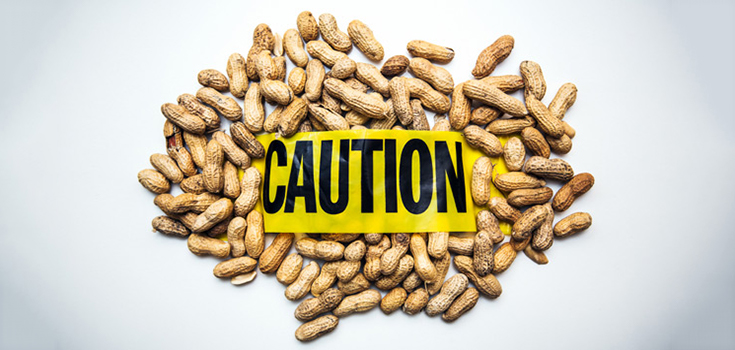Are Food Allergies Increasing? Experts Say They Just Don’t Know
by Mike Barrett, Natural Society:
 More Americans claim to have food allergies than ever before, but a report published in 2016 from the National Academy of Sciences says that it’s hard to know how many people in the U.S. actually have food allergies. Although many healthcare professionals involved in patient care agree that an increase has occurred, specifying its actual extent is complicated by factors such as inconsistent data or studies that use variable methods.
More Americans claim to have food allergies than ever before, but a report published in 2016 from the National Academy of Sciences says that it’s hard to know how many people in the U.S. actually have food allergies. Although many healthcare professionals involved in patient care agree that an increase has occurred, specifying its actual extent is complicated by factors such as inconsistent data or studies that use variable methods.
Part of the problem is that many people self-diagnose and can easily misinterpret their symptoms. Food allergies can be mistaken for gluten sensitivity or lactose intolerance, e.g., neither of which fits the medical definition of an allergy. [1]
Dr. Virginia Stallings, a board-certified nutrition pediatrician at the Children’s Hospital of Philadelphia and the chair of the committee that wrote the report, said:
“There are a lot of misconceptions about what a food allergy is.”
One of the ways in which a misinterpretation arises is when parents introduce milk or another new food into their child’s diet, and then see that the child has an upset stomach or other gastrointestinal symptoms. These symptoms could indicate lactose intolerance, but the parents may suspect a food allergy. In reality, food intolerance and food allergy are two different conditions.
Stallings said:
“The reason food allergy symptoms are often confused with other [conditions] such as lactose intolerance is because there’s an overlap in some of the symptoms.”
The panel estimated that about 5% of U.S. children have legitimate food allergies, and wrote that:
“Eight food groups are considered to be major allergens. These are milk, egg, peanut, tree nuts, wheat, soy, fish, and crustacean shellfish.” [2]



